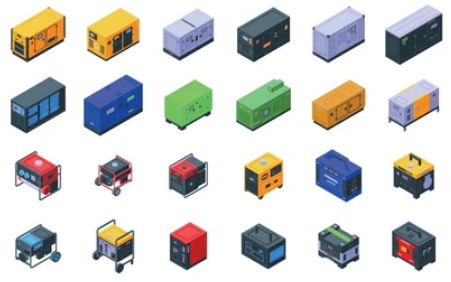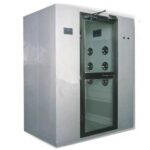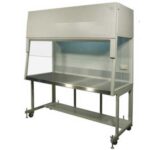The Air Handling Unit (AHU): Essential for Indoor Air Quality and Comfort
An Air Handling Unit (AHU) is a key component in HVAC systems, responsible for maintaining clean and conditioned air in buildings. Although often underappreciated, AHUs are essential for ensuring a comfortable indoor environment. In this blog, we’ll dive into the functions, components, and the significance of AHUs in optimizing air quality and temperature control.
Understanding the Basics of AHUs
Air Filtration
First and foremost, AHUs are equipped with filters that trap dust, pollen, and other airborne particles. As a result, these filters ensure that the air entering the system is clean and safe for occupants. In turn, this improves the overall indoor air quality.
Temperature Control
Moreover, AHUs regulate air temperature by heating or cooling it as needed. This process is crucial for maintaining comfort during different seasons, ensuring a pleasant atmosphere throughout the year. Additionally, consistent temperature control contributes to overall comfort and energy efficiency.
Humidity Control
Furthermore, maintaining optimal humidity levels is vital for comfort and health. AHUs control humidity by removing excess moisture from the air, which helps prevent issues like mold growth and discomfort caused by dry air. Consequently, this balance improves the indoor climate, making it healthier and more comfortable.
Air Distribution
After conditioning, the air is distributed throughout the building via a network of ducts. This method ensures a uniform and comfortable environment in every room, effectively eliminating hot or cold spots. As a result, occupants enjoy consistent temperatures and air quality across all areas.
Key Components of an AHU
Blower/Fan
The blower or fan plays a crucial role by moving air through the unit. It can be adjusted to control the volume of air circulated, allowing for flexibility based on occupancy and needs. In this way, AHUs can provide customized airflow depending on specific requirements.
Filters
Filters capture particles and contaminants from the air, thereby preventing them from entering the building. Thus, they are a key component in maintaining indoor air quality. Additionally, well-maintained filters ensure that the system operates efficiently.
Coils
Coils in the AHU are responsible for heating and cooling the air. They connect to the building’s heating or cooling system, providing efficient temperature control. This process ensures that the desired indoor climate is achieved with minimal energy usage.
Humidifier/Dehumidifier
Some AHUs include humidifiers to add moisture and dehumidifiers to remove excess moisture. This functionality helps maintain ideal humidity levels for comfort and health. As a result, your indoor environment remains pleasant and conducive to productivity.
Mixer Section
This section blends return air (air circulated within the building) with fresh air to achieve the desired mix for conditioning. This process ensures optimal air quality and comfort throughout the space. Moreover, it minimizes the energy needed to cool or heat incoming fresh air.
Importance in Indoor Air Quality
The AHU significantly impacts indoor air quality. By continuously filtering and conditioning air, it effectively eliminates pollutants, allergens, and microorganisms. As a result, this creates a healthier and more comfortable environment, especially in offices, schools, and hospitals. Consequently, AHUs play a vital role in ensuring occupants’ well-being.
Energy Efficiency Considerations
As sustainability becomes increasingly important, AHUs are evolving to be more energy-efficient. Features like variable speed drives, heat recovery systems, and advanced control systems optimize energy consumption while maintaining comfort. Therefore, investing in energy-efficient AHUs can lead to significant cost savings and a reduced carbon footprint. Additionally, such innovations help meet sustainability goals without compromising performance.
Conclusion
In conclusion, the Air Handling Unit (AHU) is essential for HVAC systems, working silently to ensure a comfortable and healthy indoor environment. Understanding its functions and components highlights its critical role in maintaining optimal air quality. As we embrace more sustainable practices, AHUs continue to shape the future of building design and operation, driving both energy savings and improved indoor conditions.
Contact Us
For more information about how our AHUs can enhance your indoor air quality, please reach out to us:
Phone: [+91 8484 836 337 / +91 7350 336 337]
Email: sales@peterairs.com
Website: https://peterairs.com
Explore how our innovative solutions can transform your space today!



